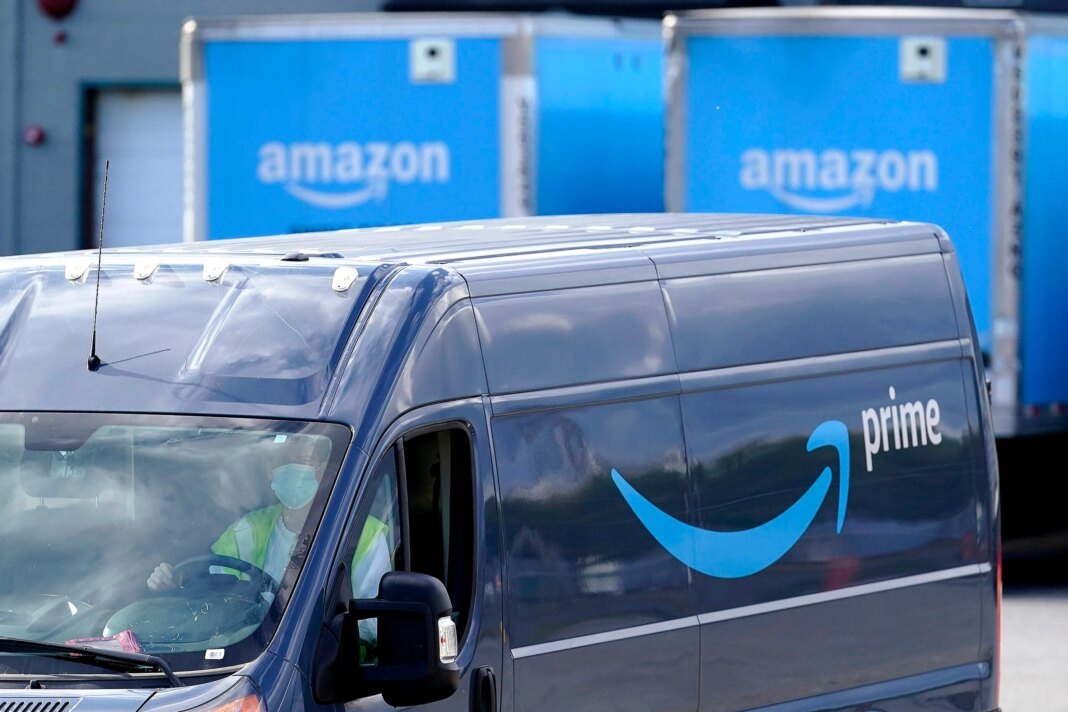Amazon’s Massive Layoffs: A Shift Toward AI and Organizational Change
As the job market faces unprecedented challenges, Amazon has made headlines by laying off tens of thousands of workers in its corporate operations. The gravity of the situation is compounded by the fact that some employees, like one woman who learned of her termination while on vacation, are facing this upheaval during personal time away from work.
The Layoff Numbers
On October 28, Amazon began an extensive layoff process, initially cutting nearly 14,000 positions, with plans to ultimately eliminate close to 30,000 jobs. This move signifies a larger trend within the company as it pivots to embrace artificial intelligence (AI) and streamline operations. According to a report from Reuters, these layoffs are part of a strategic shift toward a more “lean” organizational structure.
How Employees Found Out
For many affected employees, the news came as a shock. Reports have surfaced detailing how some workers received the unexpected news through alarming emails or mass text messages, while others watched whole teams being dismissed in real-time. That lack of communication led to an unsettling experience for those left in limbo as their employment status was revealed to them online, rather than through a personal conversation.
Personal Stories from the Frontline
The impact of these layoffs is not just a statistic; it affects lives. One notable story is from a user on TikTok named Jules The Creator, who shared her experience of being laid off while vacationing in Mauritius. In her emotional videos, she recounted her disbelief, saying, “It’s still so surreal… I guess I’m gonna be on vacation for a lot longer than I anticipated.” In a follow-up video, she sought advice on what to do next, reflecting on her surprise and hinting at a sense of divine intervention in the situation.
Company Communication
Beth Galetti, Amazon’s Senior Vice President of People Experience, offered insights into the rationale behind these organizational changes in a blog post. She stated that the company is making difficult decisions that will affect some employees. Galetti emphasized the necessity of adapting to a rapidly changing world driven by technology.
In her statement, she touched on the need to adopt a “leaner” structure to improve agility in operations, allowing the company to navigate market changes quickly. She also noted the significance of this current era of AI, which she described as the most transformative technology since the Internet itself.
The Broader Implication of AI
Galetti’s reflections underscore a critical turning point for many corporations, not just Amazon. As AI continues to evolve and reshape industries, companies are compelled to restructure their workforce in ways that embrace these technologies. This shift raises questions about the future of jobs and the skills that will be in demand.
In supporting this strategic direction, Amazon CEO Andy Jassy has promoted a vision of running the company like a “startup,” emphasizing fewer layers of management, increased ownership, and rapid decision-making. This approach aims to enhance efficiency in delivering products and services to customers, but it also raises crucial considerations about employee job security.
Market Reactions
The widespread layoffs at Amazon have sparked discussions about the company’s long-term strategy and its commitment to innovation versus employee welfare. As more corporations look to integrate AI into their operations, the workforce may face further adjustments. The idea of balancing technological advancement with job preservation looms large in discussions surrounding these changes.
In the midst of this transformative landscape, employees navigate their own paths, seeking new opportunities and finding ways to adapt to a job market that is evolving as quickly as the technologies shaping it. The stories of individuals affected by these layoffs add a human element to the narrative, reminding us of the real lives behind corporate decisions.



